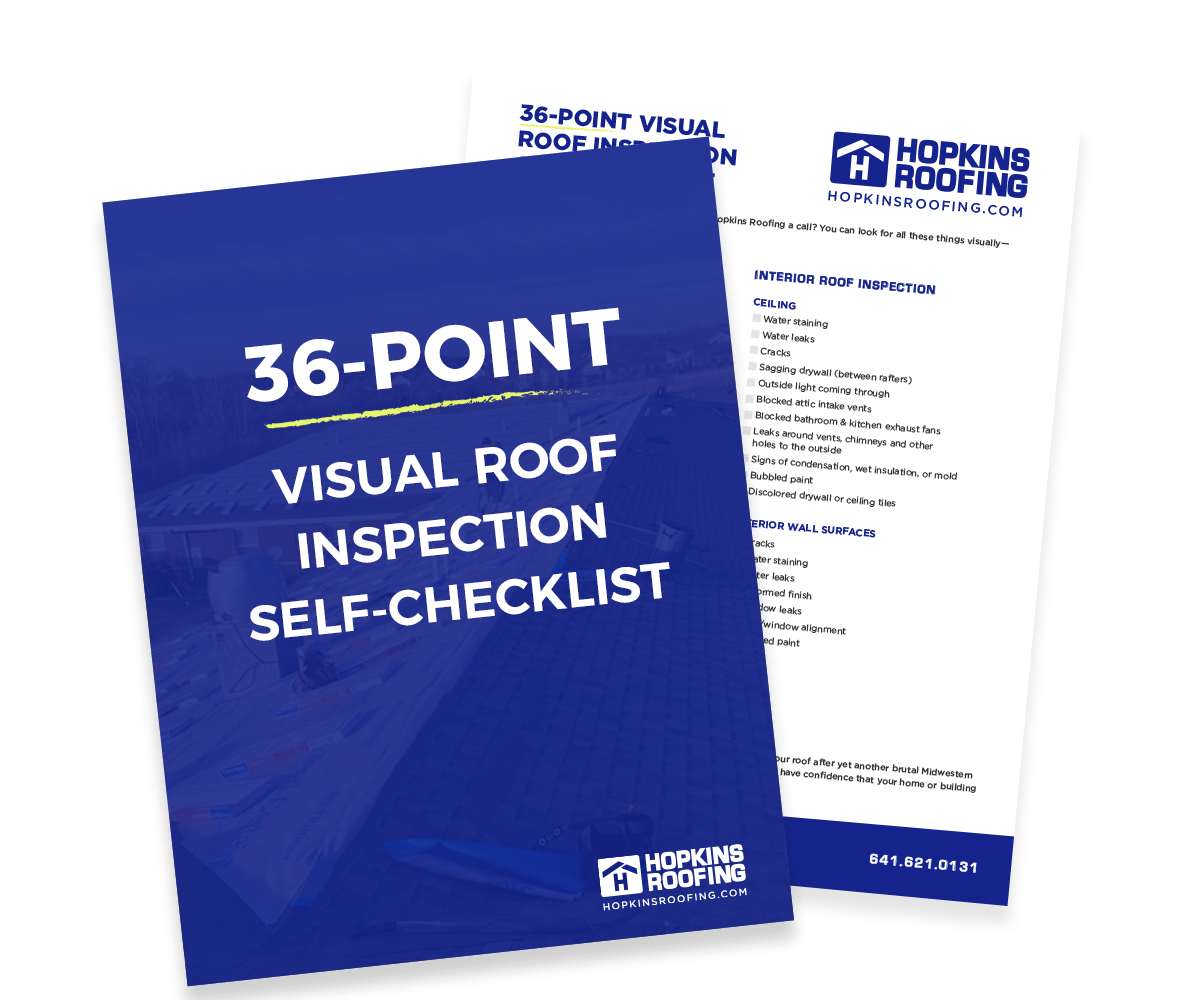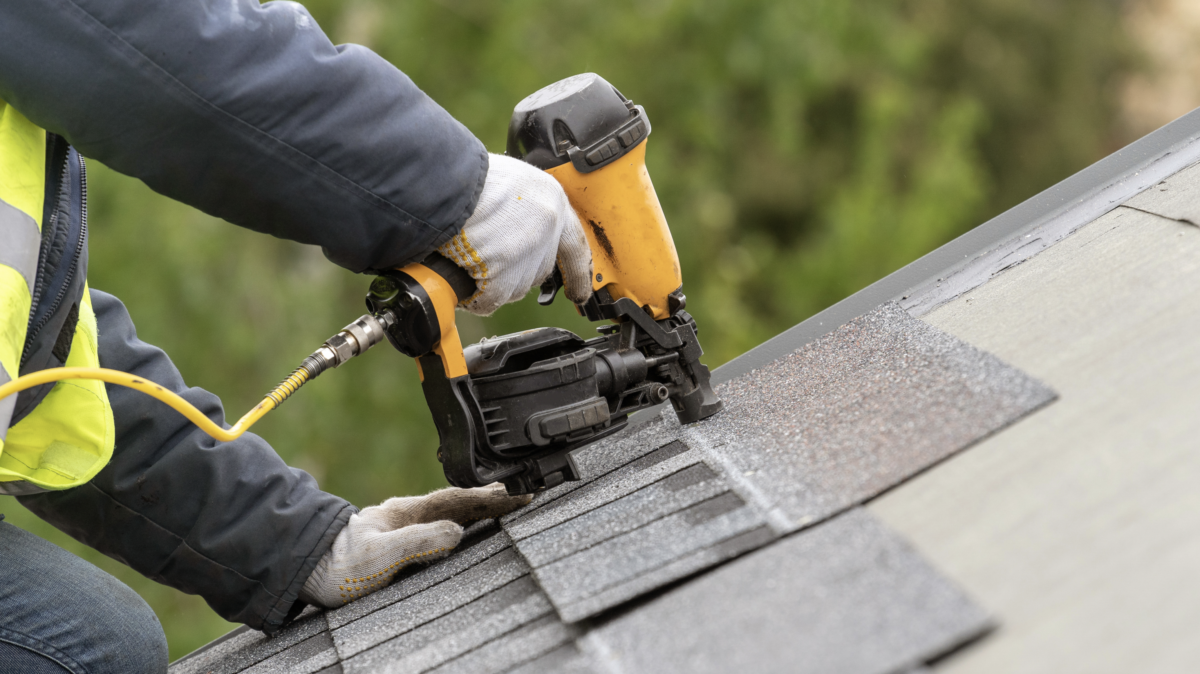The overall answer: It depends on two things.
- The cause of the damage to your roof
- The type of insurance coverage you have
There are two types of insurance coverage that may be at play in this situation.
- Actual cash value coverage – reimburses you (the homeowner) for percentage of the value of the roof, based on how old it is
- Full Replacement coverage – provides funds for full roof replacement
Not all roof damage qualifies to be covered by insurance. Check the policy of your homeowner’s insurance.
Most insurance policies only cover damage from “acts of nature” or unusual and unpreventable events, like hailstorms, tornadoes, wind, heavy snow, or a tree falling.
If your roof damage was simply caused by time and normal wear-and-tear, it likely will not be covered.
So how do I find out if my roof is covered?
Before filing your claim, check your policy with homeowner’s insurance to see what your policy covers and does not cover. You can request a copy from your insurance company.
It’s important to take pictures of the damage so you have documentation. The more evidence of the damage, the better.
Take pictures of the outside of your home, as well as the inside – if the interior has been affected. Note the date of the damage.
First step: file a claim.
- See our step-by-step guide below for identifying damage. Walk around your home and assess using the checklist.
- Take pictures of damage to document.
- Call your insurance agent and file a claim.
- The insurance company will send out an adjuster to look at your roof.
- If there’s damage, your adjustor will write an estimate for how much the insurance is willing to cover. They will also send a check for a percentage of the roof.
- They might tell you to call roofing companies and get quotes, but you really just need to get one quote from a contractor you trust.
- You should receive a cash-value check.
- Use the first check from insurance as a down payment.
- Work with a contractor, who will pick out materials and replace the roof.
- The contractor will send you an invoice, which you must then send to your insurance.
- Your insurance will write a check for the remaining amount, minus the deductible.
*Please note that a roofing contractor cannot pay for your deductible, as doing so is committing insurance fraud.
- If you’re not sure how to file a claim with your insurance company, check their website.
- Some insurance policies require a claim to be submitted within a certain timeframe of the event, so you could be denied if you wait too long. The most common time limit is within 1 year.
Next step:
After you file a claim, call a trustworthy roofing company. They can perform an inspection and report it to your insurance company.
Reputable roofing contractors have experience with insurance claims and may find damage that the adjustor did not account for. This will give you your best chance to get your roof covered – think of a roofing company’s inspection report as more documentation to help build your case.
A few disclaimers:
- There will still be a policy deductible that you’ll have to pay if the claim gets approved.
- It doesn’t matter if you call a roofing company or your insurance company first.
- Going with the roofing contractor with the cheapest quote does not mean you will end up pocketing more money from your insurance company.
- You don’t need to get multiple quotes, even if your insurance suggests it – you only really need one.
Are you ready for a new roof?
Call Hopkins Roofing today for more information and we’ll get you started on the right track to a new roof – covered by your insurance!

CHECK YOUR ROOF
36-point visual roof inspection self-checklist




